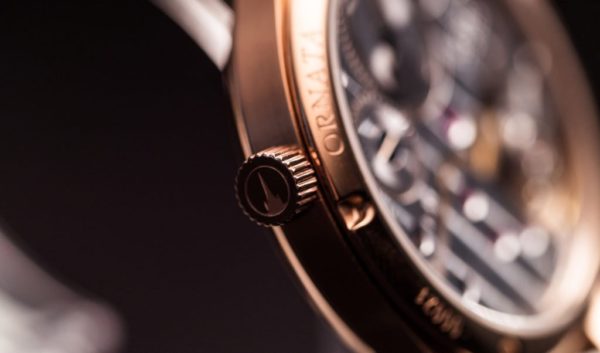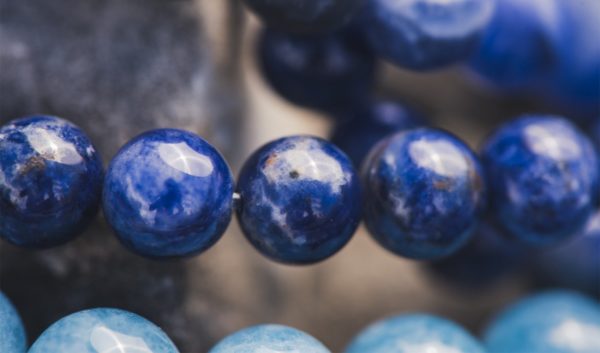macro photography

Macro photography can be used in many contexts to photograph small subjects. The most common example is that of insects, but macrophotography is also very useful for highlighting the details of a gastronomic preparation or the technical specificities of a watch in watchmaking, to name just two examples.


Macro photography, what's that?
Macrophotography, or macrophoto, is the common term for photomacrography. Photomacrography is the set of photographic techniques used to photograph small subjects, with a magnification ratio between y=1 (or 1:1) and y=10 (or 10:1). Macrophotography is between proxiphotography, whose magnification ratio is less than 1, and photomicrography, whose magnification ratio is greater than 10.
There are, however, two different acceptances for this term: a scientific and technical acceptance and a historical and commercial acceptance.
From a scientific and technical point of view, macro photography is a photograph in which the size of the subject in the sensor image is larger than its actual size. Attention is focused on the image formed on the camera’s sensor.
This is contrasted with the historical and commercial understanding of macro photography that a macro photograph is a photograph where the size of the subject on the print or screen is larger than its actual size. The focus here is on the actual image being observed.
In order to make beautiful macro photography, it is still necessary to follow some advice and to have the right equipment. There are many things to take into account and the practice allows to acquire them but here are already some points of attention:
- Choosing the right magnification ratio: In order to make macrographic photos, a magnification ratio between 1:1 and 10:1 should be chosen.
- Carefully adjust the light and exposure of the subject
- Pay special attention to framing, composition and background: just because you photograph a detail, for example, does not mean that you can place it anywhere, or that you can ignore the background. The background or composition of the photo must not distract attention from the main subject.
- Take care of the focus
- Pay attention to stability when shooting
You also need the right equipment to take nice macrophotographs. For example, you can use either a close-up lens, an extension ring, a bellows or a macro lens. A close-up lens is an additional converging lens added to a photographic lens. An extension ring is an accessory without a contact lens that will either increase the print or move the optics away from the sensor. A bellows is an accessory used to change the distance between the sensor and the lens. Finally, a macro lens is a lens specially designed for macro photography, used to photograph small subjects at close range. Now it’s up to you to choose the option that suits you.

If you would like to know more or if you would like to make a macro shooting to showcase your products, do not hesitate to: